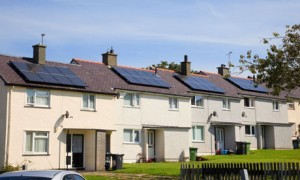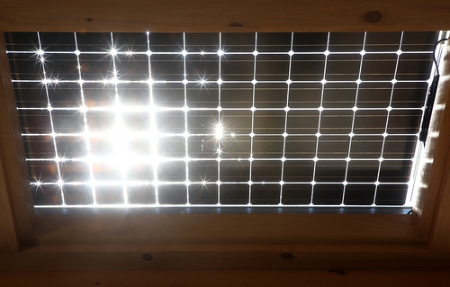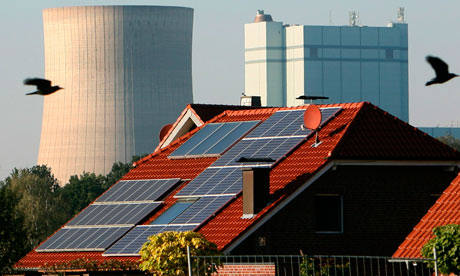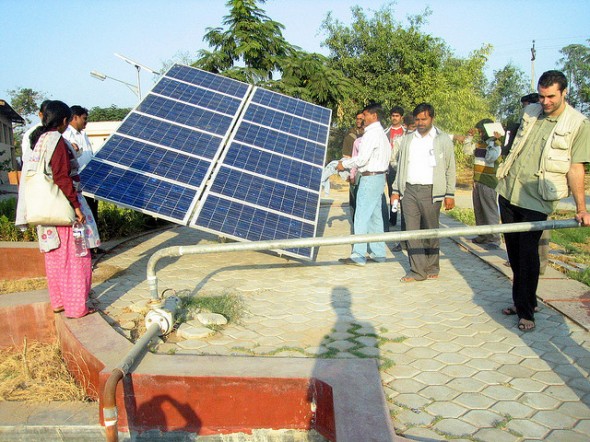
Subsidies for solar panels installed after Monday will fall by as much as 50 per cent from next April, assuming the government adopts proposals set out in the on-going consultation on its popular feed-in tariff scheme.
The consultation on new rates for photovoltaic (PV) systems with capacity of 250kW or below does not conclude until 23 December. But the government’s controversial package of reforms suggest the proposed cuts will come into force for installations completed 12 days prior to the closing date of the consultation exercise.

 Follow
Follow


